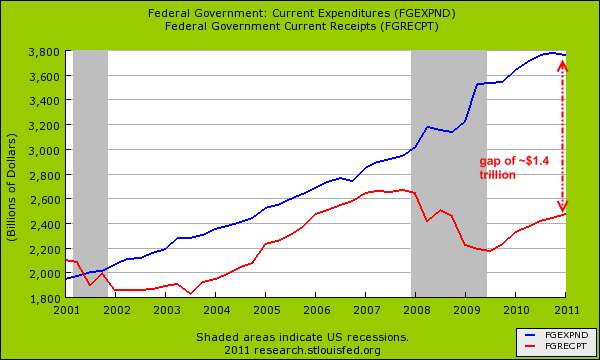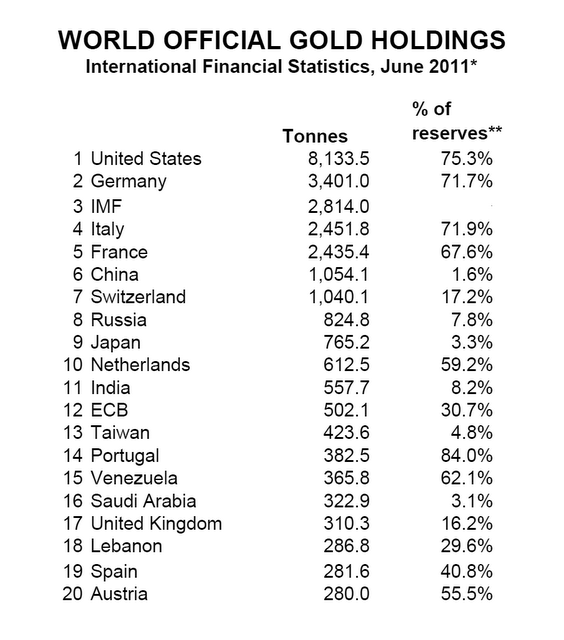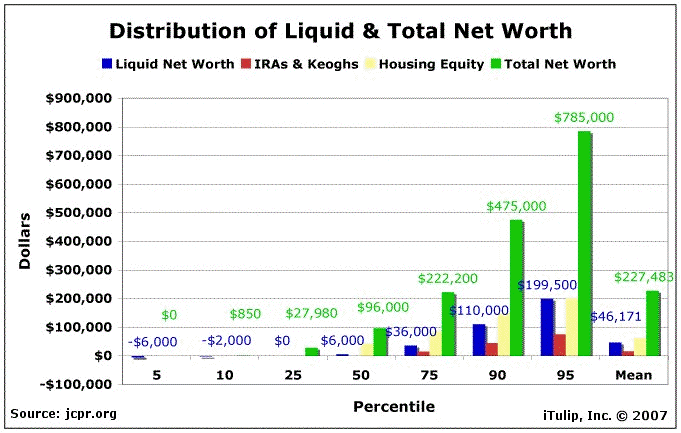Posted By thestatedtruth.com on June 28, 2011
From MarketWatch.com …….Yep, PIMCO, the same one that Bill Gross founded.  So PIMCO says we have inflation, Jim Rogers says we have inflation and Lunch Pale Jack says we got inflation…but the U.S. Federal Reserve says pay attention everyone…the kind of inflation you all are looking at doesn’t count! Ok, that explains it!
– Inflation set to increase in next 3-5 years, says Pimco
– Rising commodity prices are not “transitory”
– By focusing on core inflation, Fed could risk making policy error
NEW YORK (MarketWatch) — Prospects of higher commodity prices and currency shifts will drive global inflation higher in the next few years, according to a report released Monday by Pacific Investment Management Co., the world’s largest bond fund.
The upward push from commodity prices also raises risks of a monetary-policy error by the U.S. Federal Reserve and other central banks.
Pimco expects inflation in the developed economies, including the U.S., “to average about 3% and developing market inflation to average about 5% over the secular horizon,” which is generally considered the next three to five years.
“The Goldilocks days of the ’90s where nations could have strong growth and low inflation simultaneously are gone,” says portfolio manager and Managing Director Mihir Worah, who outlined Pimco’s thinking in a Q&A article obtained exclusively by Dow Jones Newswires.
The two major catalysts will be rising commodity prices and shifts in exchange rates.
In Pimco’s view, market imbalances will keep commodity prices rising generally in coming years, with more of the inflationary pressures hitting emerging markets since commodities are a bigger share of their consumption.
Emerging markets were once a source of disinflation for developed economies because cheap imports from nations such as China held down inflation in Europe and the U.S. Higher commodity prices will change that dynamic.
“Commodities trade on global markets and to the extent that emerging markets are going through a particularly commodity and energy intensive phase of growth, their consumption affects what U.S. consumers pay, for example, at the gas station,” says Worah.
Currencies will also be a large driver of inflation.
“We anticipate policymakers in the developed world will attempt to make their economies more competitive via a cheaper currency, which likely will, for net importers like the U.S., lead to higher inflation,” says Worah.
At the same time, he says, emerging economies that need to combat domestic inflation will let their currencies appreciate. According to Worah, “This is another channel by which emerging markets may export inflation to developed nations that buy their goods.”
Pimco doesn’t view the recent increases in commodity prices as “transitory.” Total inflation rates could diverge from core rates that exclude food and energy–and core rates are the focus of central banks such as the Fed.
Consequently, Fed officials could make a policy error, says Worah.
“If, as we expect, headline inflation continues to outpace core inflation, or if the gap widens,” he says, “there is a risk central bankers could lose credibility over time, causing an unanchoring of inflation expectations.
“That could raise the risk of monetary policy error” if the Fed “allows steady erosion in consumers’ purchasing power,” he says.
Category: Commentary, Economy, National News, Wall Street |
213 Comments »
Tags: inflation, No Inflation

























